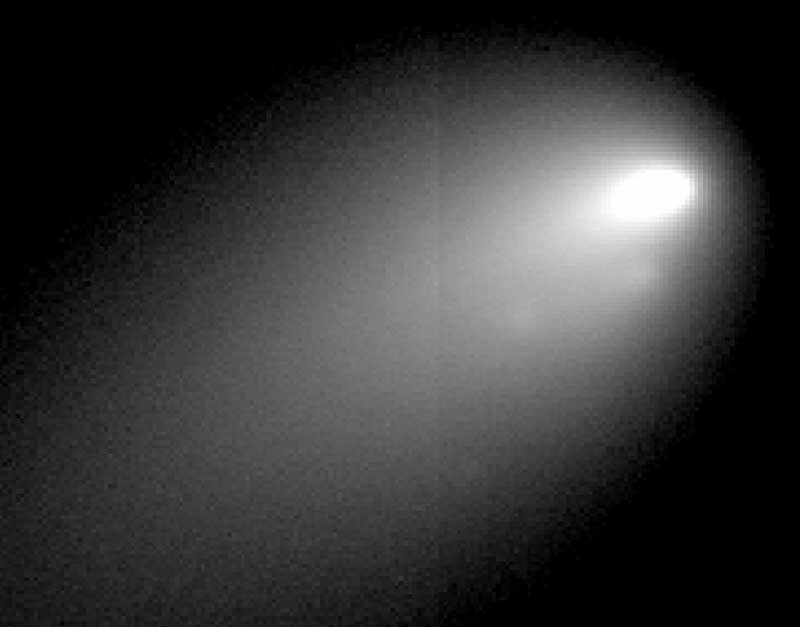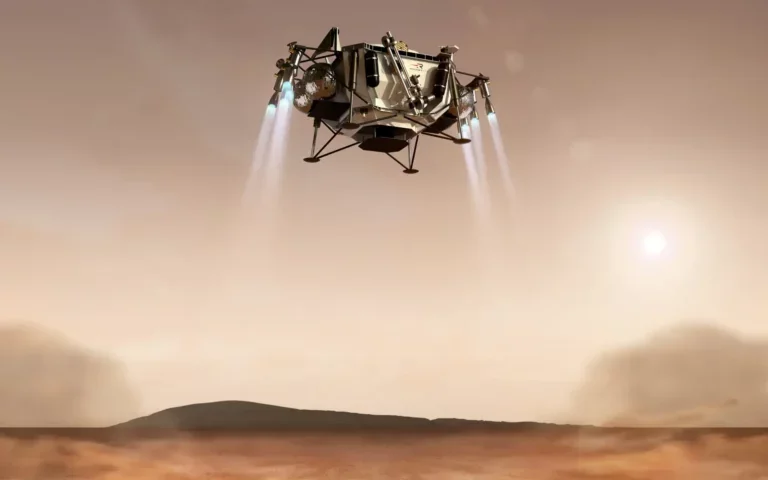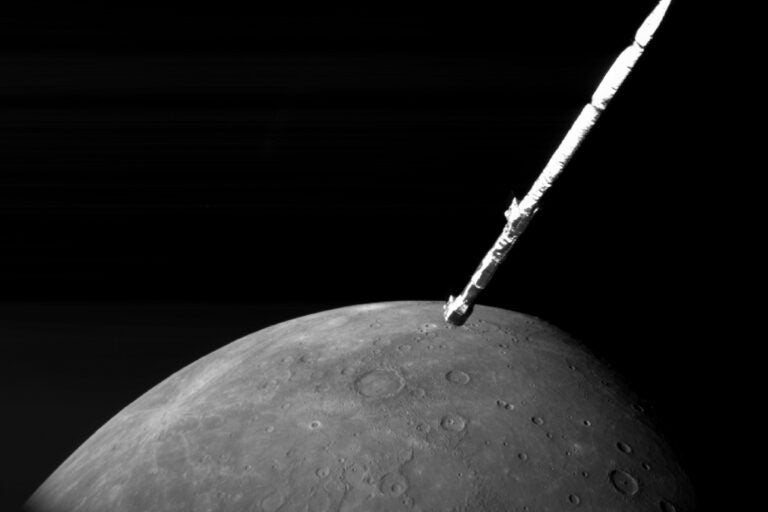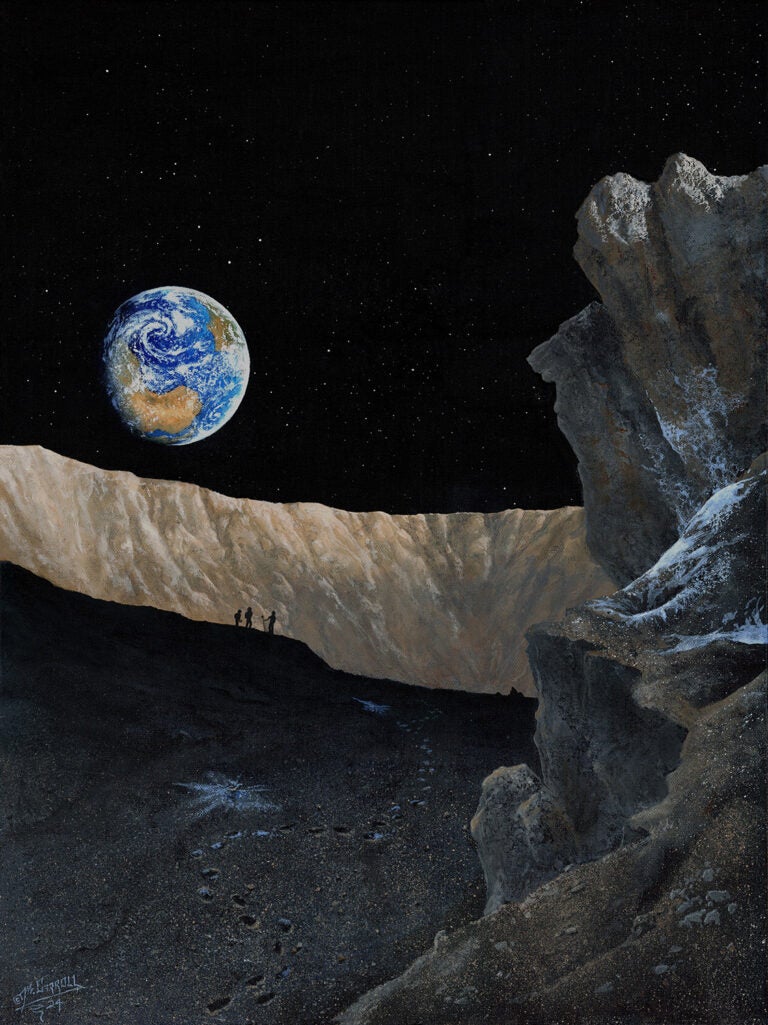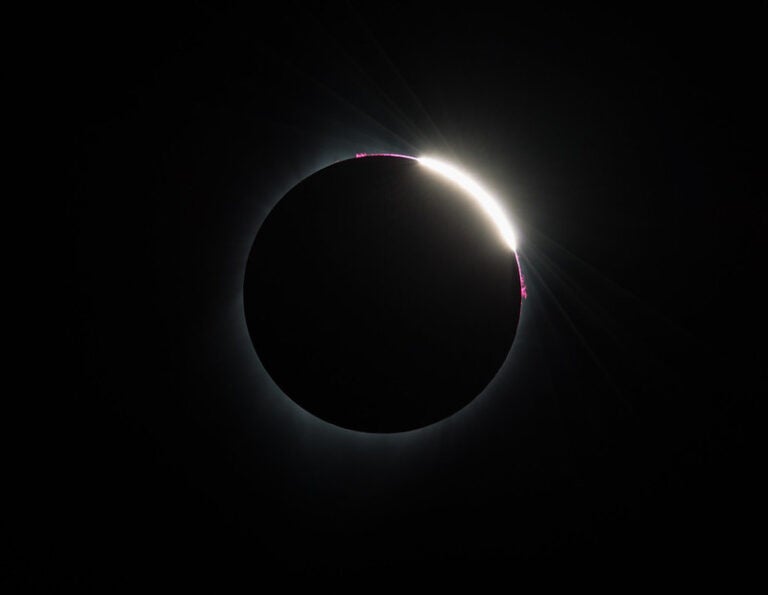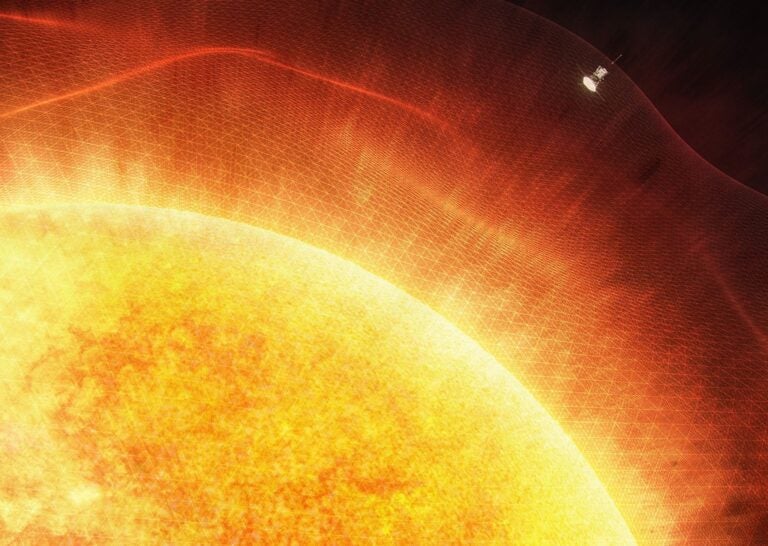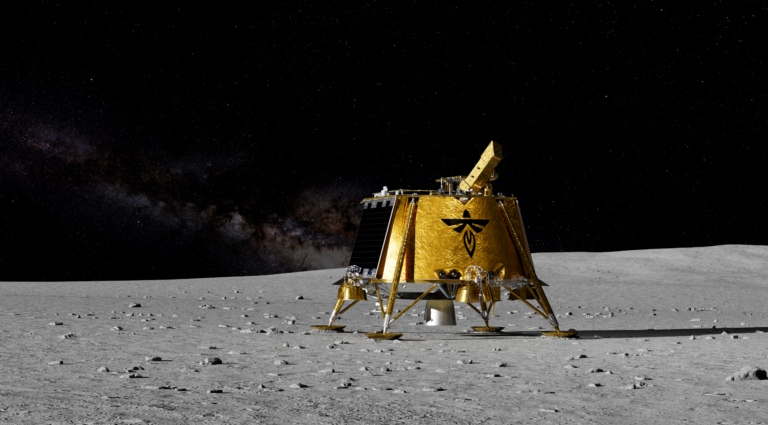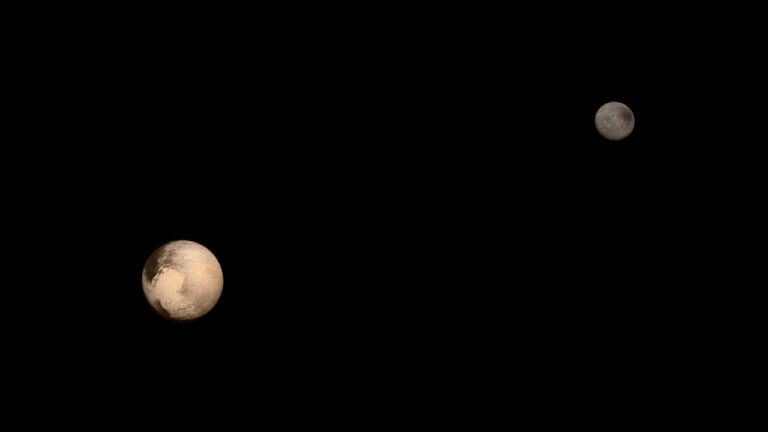“Comet Hergenrother is splitting apart,” said Rachel Stevenson from NASA’s Jet Propulsion Laboratory in Pasadena, California. “Using the National Optical Astronomy Observatory’s Gemini North Telescope on top of Mauna Kea, Hawaii, we have resolved that the nucleus of the comet has separated into at least four distinct pieces, resulting in a large increase in dust material in its coma.”
With more material to reflect the Sun’s rays, the comet’s coma has brightened considerably.
“The comet fragments are considerably fainter than the nucleus,” said James Bauer from the California Institute of Technology in Pasadena. “This is suggestive of chunks of material being ejected from the surface.”
The comet’s fragmentation event was initially detected October 26 by a team of astronomers from the Remanzacco Observatory, using the Faulkes Telescope North in Haleakala, Hawaii. The WIYN telescope group at Kitt Peak National Observatory in Arizona also imaged the initial fragment.
For those interested in viewing Hergenrother — with a larger-sized telescope and a dark sky — the comet can be seen between the constellations Andromeda and Lacerta.
The orbit of Comet 168P/Hergenrother is well understood. The comet nor any of its fragments are a threat to Earth.
“Comet Hergenrother is splitting apart,” said Rachel Stevenson from NASA’s Jet Propulsion Laboratory in Pasadena, California. “Using the National Optical Astronomy Observatory’s Gemini North Telescope on top of Mauna Kea, Hawaii, we have resolved that the nucleus of the comet has separated into at least four distinct pieces, resulting in a large increase in dust material in its coma.”
With more material to reflect the Sun’s rays, the comet’s coma has brightened considerably.
“The comet fragments are considerably fainter than the nucleus,” said James Bauer from the California Institute of Technology in Pasadena. “This is suggestive of chunks of material being ejected from the surface.”
The comet’s fragmentation event was initially detected October 26 by a team of astronomers from the Remanzacco Observatory, using the Faulkes Telescope North in Haleakala, Hawaii. The WIYN telescope group at Kitt Peak National Observatory in Arizona also imaged the initial fragment.
For those interested in viewing Hergenrother — with a larger-sized telescope and a dark sky — the comet can be seen between the constellations Andromeda and Lacerta.
The orbit of Comet 168P/Hergenrother is well understood. The comet nor any of its fragments are a threat to Earth.

